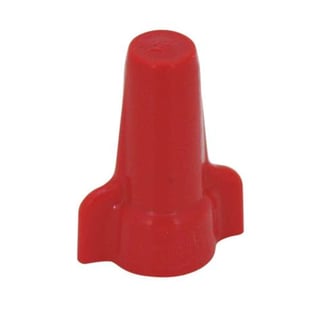I just wanted to confirm before wiring this up. When I took this off I see that two black wires going to the dimmer switch when it is normally black, white, and ground. Not sure how you tell which is exactly the neutral I need to be plugging into both screws on the new switch. I found the picture below which looks like the situation I am in currently:

Not really sure how I can tell which one is supposed to be to the load and which one is to the service panel but I want to assume that the single line that is going into the dimmer would be where I would connect the hot wire and the wing nut that has multiple wires going into it to power both of the other lights would be going to the load but just wanted to confirm based on my current setup which is this (the black wire that broke off that is in the top right went to the wing nut at the bottom just for clarification):


